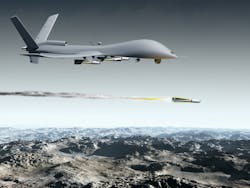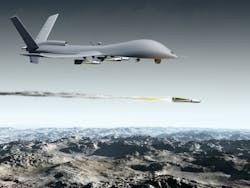Droegemeier: The role of UAS research is to inform policy
NORMAN, Okla., 27 March 2013. “If we knew what we were doing, it wouldn’t be research,” quipped Dr. Kelvin Droegemeier, vice president for research at the University of Oklahoma and a member of the National Science Board, as he quoted Albert Einstein during the Unmanned Aircraft Systems (UAS) Summit in Norman, Okla., this week.
When it comes to UAS, we know something about aerodynamics, structures, controls, communications, guidance and navigation, payloads, tracking, sensors, and uses/potential value. At the same time, however, a wealth of questions exists and is in need of answers.
A few key research questions include:
How UASs can be lightweight and durable with long endurance to carry heavy payloads?
Can fully automated systems be created to ensure zero conflict conditions with other NAS traffic?
Can radars be used to distinguish UASs from other airborne targets, especially biological?
How can the benefits of UAS be realized while also ensuring privacy and personal security?
What is the public’s perception of UAS and to what extent are the benefits and risks accurately communicated and understood?
How can nefarious use of UASs be curbed?
“The role of research is to inform policy,” Droegemeier explains. The federal research and development (R&D) portion of the federal budget is a very small slice of the pie. “Despite sequestration and other cuts, funding for UAS likely will increase within the Department of Defense (DOD),” he predicts.

